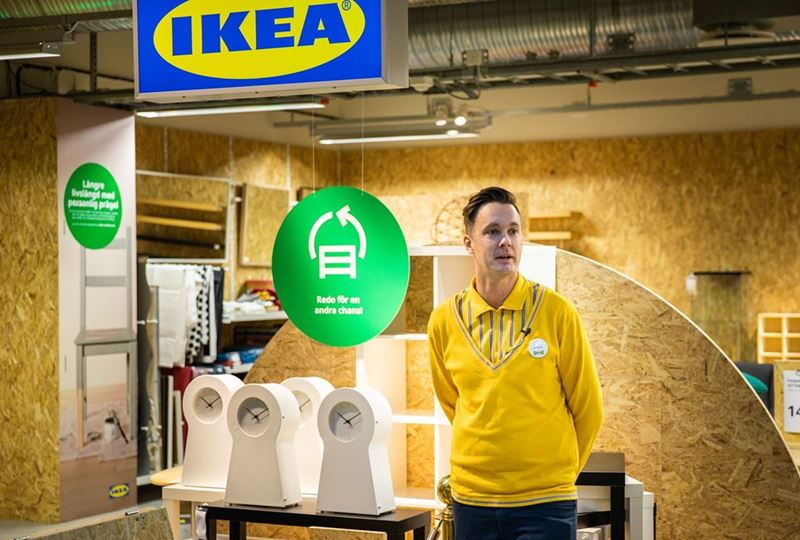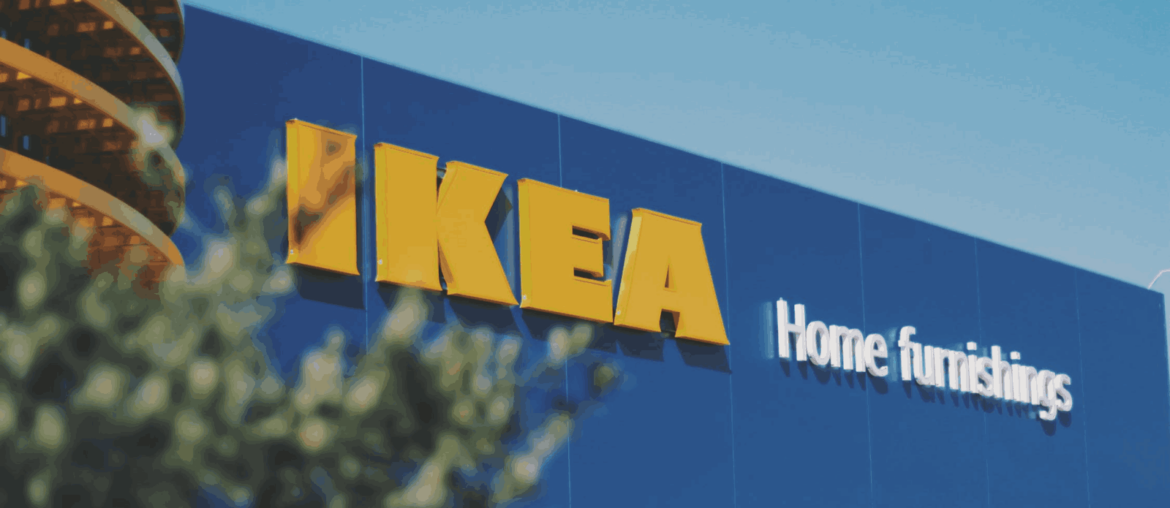The negative effects of consumerism on the environment have long been a thorny puzzle for environmentalists as well as economists, and changing consumers’ shopping habits is not easy. However, IKEA promises to break it through with simple yet effective approaches to sustainable business.
So, how sustainable are IKEA products? And what exactly is IKEA doing to contribute to protecting the environment? Everything will be revealed in this IKEA review.
IKEA and Sustainable Manufacturing Solutions
Many questions and doubts have been raised around the sustainability in the use of materials as well as the manufacturing process of IKEA products, and the brand is proudly proving it all every day. With the purpose of inspiring and helping customers live a more sustainable life, IKEA has been applying sustainable approaches to every aspect of its business, in order to break the vicious “take – make – waste” cycle.
Commitments to Sustainability
IKEA has acknowledged that unsustainable consumption is always a challenge for any kind of industry, and IKEA has put in place strategies early on in order to achieve its sustainability goals.
Up to now, a lot of commitments on reducing the use of plastics/chemicals/water/cotton and energy/resources efficiency have been made by IKEA in order to limit greenhouse gas emissions. Over 70% of IKEA products are made of renewable/recycled materials such as renewable wood-based materials, recycled plastic, PET bottles, etc., which reduces unnecessary material consumption.
IKEA’s typical sustainable products include the HIDRASUND mattress and the TROLLBO children’s lamp, which are all made of wood pulp and recycled PET bottles. These products are not only environmentally friendly, but can also offer maximum efficiency during use.
With high ambitions, IKEA is also looking for solutions to make use of materials that are not renewable/recycled such as ceramics, disposable utensils, or alternatives for them. Even though still in the research stage, a lot of new innovative technologies have been developed with the aim of replacing or complementing non-environmentally friendly materials in the long run. This is indeed a welcome move in terms of sustainable business.
IKEA’s Promises
IKEA doesn’t just make bold statements, but the brand does also come up with specific goals and intentions for the years to 2030. IKEA has committed that by 2025, all of the brand’s wool products will be 100% made of sustainable wool, which strictly follows the Responsible Wool Standard guideline.
Also, IKEA has completely removed all single-use plastic products since January 2020, and the brand is aiming to use 100% renewable and recycled materials in the production of its products by 2030. The use of fossil fuels will no longer be IKEA’s main direction. Instead, renewable sources like corn, sugar beet, or sugarcane will be preferred to create more sustainable products.
IKEA and Its Goal of Becoming a Fully Circular Business
IKEA not only takes care of the environment in the use of materials and the manufacturing processes, but it also pays attention to the lifespan of each product. Besides the main goal of improving people’s homes, at the same time IKEA wants to encourage consumers to reduce negative impacts on the environment by living a little more sustainably.

For that purpose, IKEA has launched a Sell-back program since 2018 thinking that everything deserves a second life. Each year, over 50 million pieces of furniture are given a second life by IKEA instead of going to landfills. The brand always wants to make sure that each of the products it sells is taken advantage of to the fullest before they are recycled or thrown away. That’s the reason why IKEA is aiming to create more sustainable products, so that they can be used and reused for years or recycled as needed.
One of the main goals of IKEA is to become a fully circular business by 2030, which means the brand – by all means – will help consumers prolong the life of the product by repairing, recycling, or reselling them. This way, IKEA will be able to meet its zero-waste and pollution-free production goals.
Summing Up
The brand still has a long way to go in order to achieve all of its initial sustainability goals, especially in light of the COVID-19 pandemic. However, with the success of sustainable product lines as well as reselling programs, IKEA is definitely one of the best furniture brands for sustainable lifestyle lovers. Tenere is also in partnership with IKEA in order to protect our beloved planet, so you can use Tenere to save money and plant trees around the world when shopping for IKEA products.





